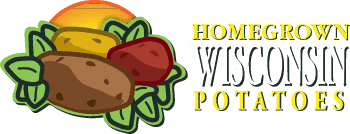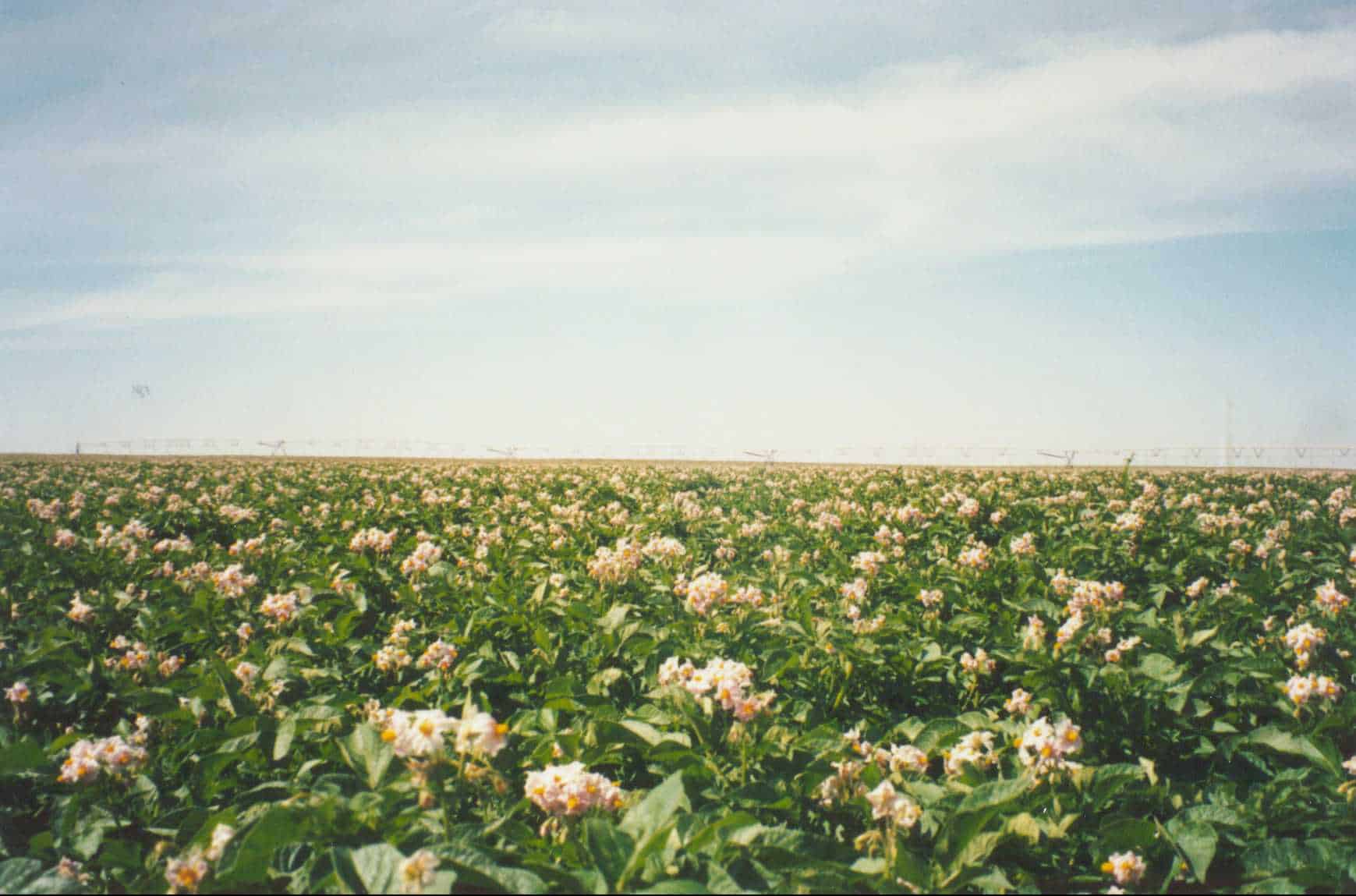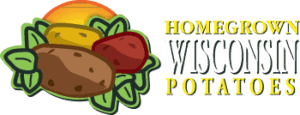Today is Earth Day when nature is awakening and signs of spring abound. Flowers are opening across the landscape and soon the countryside will be resplendent with fruit trees in full bloom. We enjoy the profusion of scents and colors but rarely do we ponder why they exist. If you stand in an orchard or watch a patch of roadside flowers on a quiet afternoon, you will soon discover the answer. You will hear a soft buzz and see small insects of all shapes and sizes flitting between blossoms on their endless quest for nectar and pollen to feed their young. As they are doing this, they are at the same time performing a vital service to the plants by moving pollen between flowers and making it possible for fruit and seeds to form. When they do this, they are generally referred to as “pollinators.”
Lately in the news, there have been lots of stories about the importance of pollinators, namely bees. But why is this such a hot topic today? Well, the bees (as well as of the other pollinators) are vital to our food systems. However, the honey bee that has been historically used by farmers to pollinate their crops is under threat from a pervasive malady called Colony Collapse Disorder.
As concerns over honey bees increase, we are beginning to hear more and more about a hitherto un-heralded, but equally vital, component of every ecosystem— native pollinators. These naturally occurring and hard-working pollinators that include wild bees, bumble bees, butterflies, moths, bats, beetles, flies, and even hummingbirds are essential to ensure both pollination of wild flowers and agricultural crops. Dr. Hannah Gaines Day from the UW Department of Entomology explains the importance of native pollinators: “One in every three bites you eat is dependent on pollinators! In addition to managed honey bees, there are over 4,000 species of native bees in North America and in some cases, these may provide sufficient pollination alone without the assistance of managed honey bees.” Both managed honey bees and native species are uniquely suited for their role as pollinators. They have co-evolved with flowering plants and often possess structures such as long coiled tongues to sip nectar, hairy bodies that pollen clings to, and even pollen baskets to collect and carry pollen!
Many agricultural crops are widely dependent on pollination and in Wisconsin, cranberries, apples, cherries, strawberries, raspberries, melons, pumpkins, squash and cucumbers could not be grown without managed or native pollination. The cucumber crop actually needs a bee to feed and visit seven or more flowers before it is able to spread the pollen to a female stem for fertilization and ultimate fruit growth. This kind of industrious labor needs lots of bees of all kinds, and we are fortunate that Wisconsin has a great natural diversity with multiple bee species thriving in agricultural crops—over 180 species of bees have been found in cranberries, over 60 species in cucumbers and over 70 species in apples. Research studies have shown that more diverse populations of bees improve fruit set and quality and provide more productivity.
Relying on managed honey bees alone in US agriculture is no longer an option with Colony Collapse Disorder. From what we have learned, moving bees between regions as crop needs dictate—from California almonds to apples and cherries in the Pacific Northwest and ultimately to the Midwest—is taking its toll. With the emergence of Colony Collapse Disorder, the supply of honey bees is now in question, and bees are already being imported from faraway places like Australia. Instead of looking for more solutions in the managed bee arena, why not look to the native pollinators for solutions? They are excellent in pollen and nectar collection, they live here already, don’t cost extra money for growers, and are not broadly susceptible the same honey bee colony diseases.
So how do we ensure these native pollinators will do the job? Actually, it’s not too hard; we just need to make sure they have plenty to eat! When crops are not blooming, pollinators search for new food, and they can be encouraged to stay by providing alternate food sources. This can be as simple as restoring or developing habitat areas with plants that flower at different times in wind breaks, field edges, riparian zones, prairies or in recreational biologically diverse areas. Don’t worry, those pesky yellow jacket wasps that plague us at summer picnics with their painful stings are not bees at all and do not pollinate flowers! So we can happily get rid of them…
Everyone can help! Even a small area of flowers can provide a healthy, diverse diet and will keep native bees happy. So this Earth Day is a great time to plan to plant areas that will keep the buzz going. Remember, our combined efforts, however small, can have a large impact on helping our native bees and other pollinators to flourish!
For more information, look over pollinator resources at http://gratton.entomology.wisc.edu/2013/12/04/midwest-food-processors-pollinator-talk/



